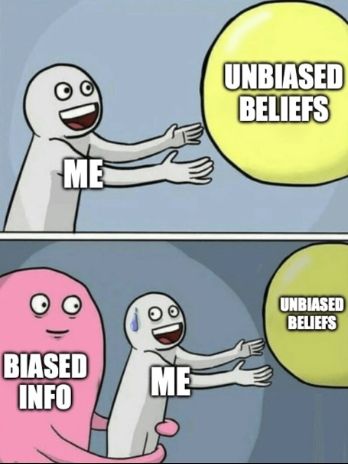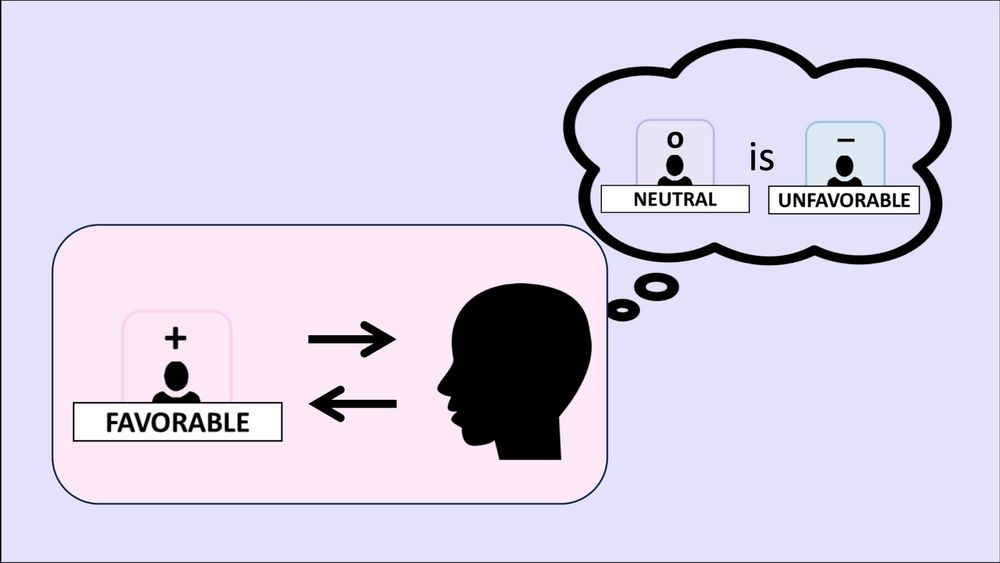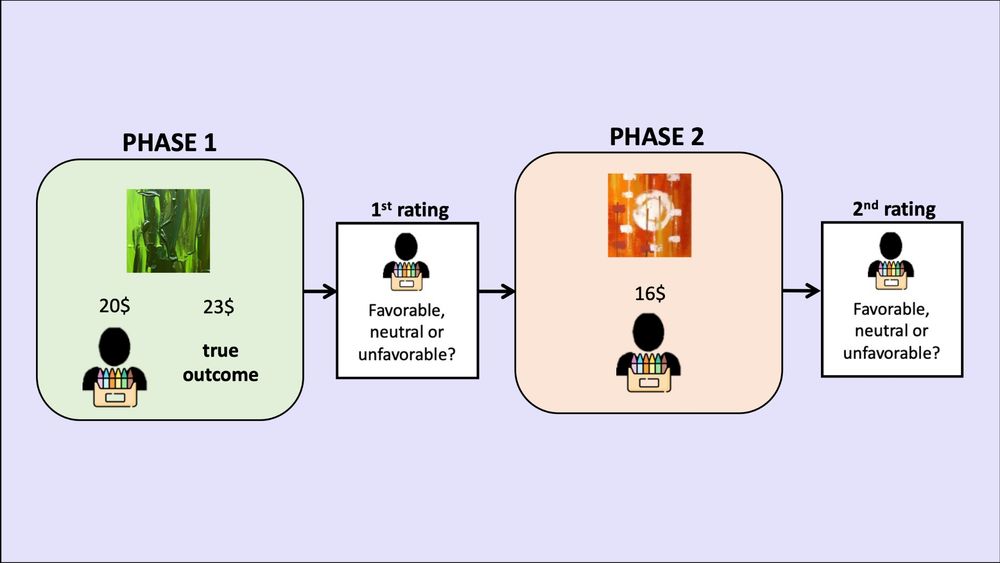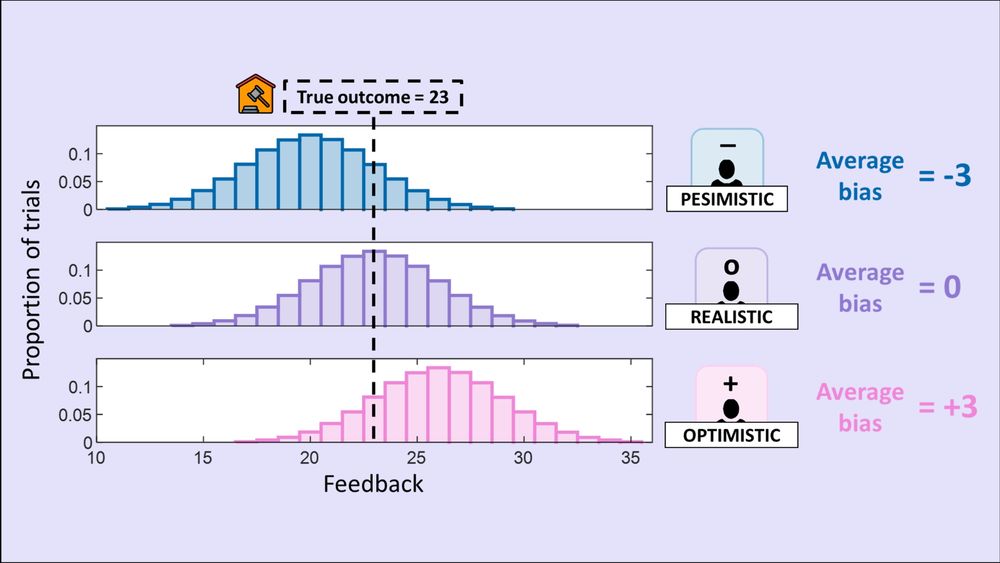
✔️Biases are non-ideological, simple and additive
✔️Participants are highly motivated to learn
✔️They have clear chances to detect/correct biases
Bias silently takes hold—even when we're trying to resist it!
10/13

✔️Biases are non-ideological, simple and additive
✔️Participants are highly motivated to learn
✔️They have clear chances to detect/correct biases
Bias silently takes hold—even when we're trying to resist it!
10/13
After interacting with a biased source (e.g., favorable), a neutral source was perceived as biased in the opposite direction (e.g., unfavorable). And this only emerged after the ground truth was withheld.
8/13

After interacting with a biased source (e.g., favorable), a neutral source was perceived as biased in the opposite direction (e.g., unfavorable). And this only emerged after the ground truth was withheld.
8/13
1️⃣First big finding: People don't fully correct for bias.
Even when they’ve had ample opportunity to learn that a source is biased, they still under-debiased. Participants became biased in the same directions as the sources that informed them!
7/13

1️⃣First big finding: People don't fully correct for bias.
Even when they’ve had ample opportunity to learn that a source is biased, they still under-debiased. Participants became biased in the same directions as the sources that informed them!
7/13
🟢Phase 1: true outcomes and source feedback were shown, so that could learn about source biases.
🟠Phase 2: only source feedback was shown (no true outcomes), so they had to infer the values of paintings.
We also asked them to classify the bias of each source.
5/13

🟢Phase 1: true outcomes and source feedback were shown, so that could learn about source biases.
🟠Phase 2: only source feedback was shown (no true outcomes), so they had to infer the values of paintings.
We also asked them to classify the bias of each source.
5/13
➕Favorable sources overestimated true selling prices by ~3$.
⚫Neutral sources (unbiased) ➖Unfavorable sources underestimated by ~3$
5/13

➕Favorable sources overestimated true selling prices by ~3$.
⚫Neutral sources (unbiased) ➖Unfavorable sources underestimated by ~3$
5/13
•Noise is like a coin flip—random and directionless.
•Bias is systematic—it consistently skews things in a certain direction.
And here's the kicker: while noise cancels out over time, bias can accumulate. 2/13

•Noise is like a coin flip—random and directionless.
•Bias is systematic—it consistently skews things in a certain direction.
And here's the kicker: while noise cancels out over time, bias can accumulate. 2/13

